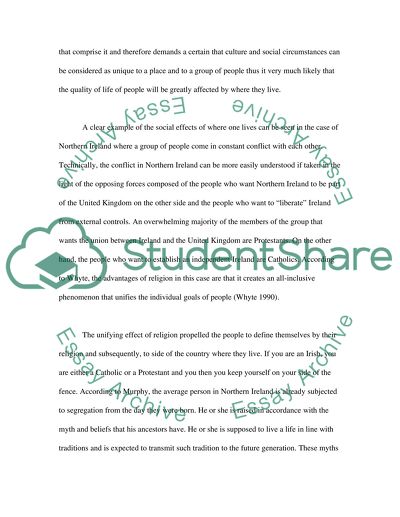Cite this document
(The Social Implications One's Geographical Location Essay, n.d.)
The Social Implications One's Geographical Location Essay. Retrieved from https://studentshare.org/social-science/1540536-you-should-be-familiar-by-now-with-the-implications-of-class-age-and-gender-for-the-kind-of-lives-that-people-lead-in-society-but-do-you-think-that-where-you
The Social Implications One's Geographical Location Essay. Retrieved from https://studentshare.org/social-science/1540536-you-should-be-familiar-by-now-with-the-implications-of-class-age-and-gender-for-the-kind-of-lives-that-people-lead-in-society-but-do-you-think-that-where-you
(The Social Implications One'S Geographical Location Essay)
The Social Implications One'S Geographical Location Essay. https://studentshare.org/social-science/1540536-you-should-be-familiar-by-now-with-the-implications-of-class-age-and-gender-for-the-kind-of-lives-that-people-lead-in-society-but-do-you-think-that-where-you.
The Social Implications One'S Geographical Location Essay. https://studentshare.org/social-science/1540536-you-should-be-familiar-by-now-with-the-implications-of-class-age-and-gender-for-the-kind-of-lives-that-people-lead-in-society-but-do-you-think-that-where-you.
“The Social Implications One'S Geographical Location Essay”. https://studentshare.org/social-science/1540536-you-should-be-familiar-by-now-with-the-implications-of-class-age-and-gender-for-the-kind-of-lives-that-people-lead-in-society-but-do-you-think-that-where-you.


